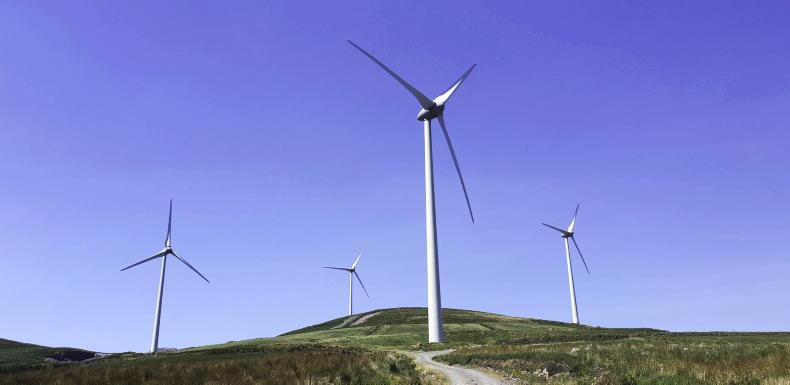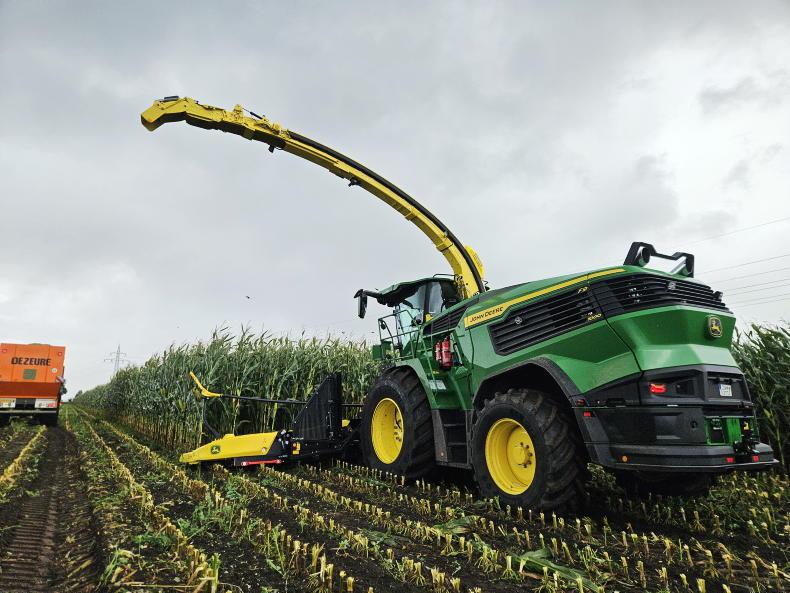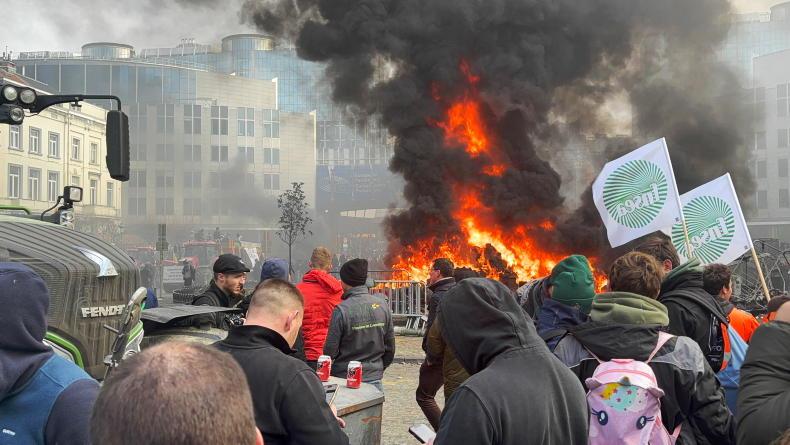The European Parliament has passed the EU’s second renewable energy directive (RED II), forcing Ireland and other member states to make it easier for farmers and homeowners to produce electricity on a small scale.
The EU must generate 32% of its energy from renewable sources by 2030, with specific sector targets such as 14% in transport – but no longer from crop-based biofuels such as ethanol from grain or biodiesel from oilseeds.
Irish MEP Sean Kelly told the Irish Farmers Journal the legislation would boost generation by farmers.
“We have included in the renewable energy directive that for the first time, they’re entitled to generate their own electricity and sell it on to the grid if they have excess, and the same is true for communities,” he said.
“I would expect the Government to now bring forward the proposals that will make it happen easily and quickly,” added MEP Kelly, one of the Parliament’s main negotiators on the legislation.
The Council of EU member states has already approved the directive and must now pass it formally before the clock starts ticking on the 18-month deadline for each country to implement the changes.
Industry sources say Ireland is one of the least advanced EU nations in this area, with no option to put solar panels on a shed roof and sell excess electricity to the ESB, for example. Small commercial projects have also been held up by endless queues to obtain a formal grid connection and the new directive aims to cut this red tape.
As road transport and construction pick up in Ireland, with oil heating still the most common for new houses, MEP Kelly warned: “This is not the way to go any more.
“It’s costing us billions in imports, while we have an awful lot of renewable resources we can use free in Ireland.”
Read more
'Idle cows and cull calves': efficiency to the rescue of dairy's green image
‘Incentives – not taxes – needed to encourage climate action’
Five-year payback needed for farm energy projects
The European Parliament has passed the EU’s second renewable energy directive (RED II), forcing Ireland and other member states to make it easier for farmers and homeowners to produce electricity on a small scale.
The EU must generate 32% of its energy from renewable sources by 2030, with specific sector targets such as 14% in transport – but no longer from crop-based biofuels such as ethanol from grain or biodiesel from oilseeds.
Irish MEP Sean Kelly told the Irish Farmers Journal the legislation would boost generation by farmers.
“We have included in the renewable energy directive that for the first time, they’re entitled to generate their own electricity and sell it on to the grid if they have excess, and the same is true for communities,” he said.
“I would expect the Government to now bring forward the proposals that will make it happen easily and quickly,” added MEP Kelly, one of the Parliament’s main negotiators on the legislation.
The Council of EU member states has already approved the directive and must now pass it formally before the clock starts ticking on the 18-month deadline for each country to implement the changes.
Industry sources say Ireland is one of the least advanced EU nations in this area, with no option to put solar panels on a shed roof and sell excess electricity to the ESB, for example. Small commercial projects have also been held up by endless queues to obtain a formal grid connection and the new directive aims to cut this red tape.
As road transport and construction pick up in Ireland, with oil heating still the most common for new houses, MEP Kelly warned: “This is not the way to go any more.
“It’s costing us billions in imports, while we have an awful lot of renewable resources we can use free in Ireland.”
Read more
'Idle cows and cull calves': efficiency to the rescue of dairy's green image
‘Incentives – not taxes – needed to encourage climate action’
Five-year payback needed for farm energy projects









SHARING OPTIONS